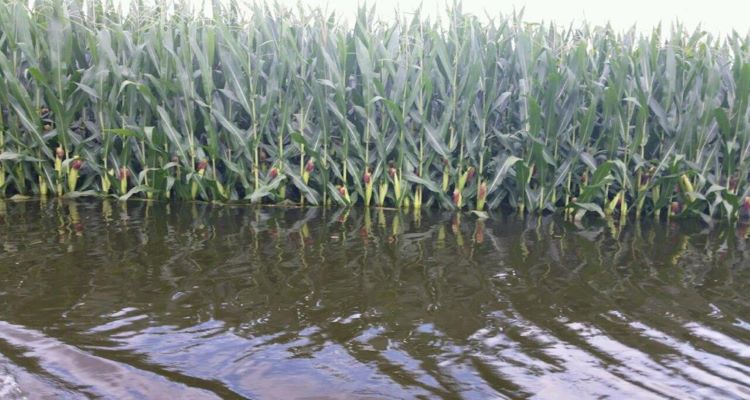January 10, 2022

Weather plays a major role in yield potential. Increasingly, climate changes are influencing the growth and spread of weeds, diseases and insects, as well as farmers’ ability to plant and harvest at optimum times. Understanding long-term climate trends and adjusting crop management decisions are important for minimizing risk and increasing the likelihood of a successful growing season.
Midwest farmers will need to adapt in order to protect their farms from increased precipitation and more intense storms, which could lead to more frequently saturated soils. Potentially flooded fields have implications for field operations, soil conservation practices, and fertility management.
Climate change may delay or adversely affect field operations, especially during the critical stages of planting and emergence. Saturated soils and concentrated rainfall events may mean fewer days suitable for field work, and increased early spring precipitation raises the risk of cold imbibition.
“When planting, check the three- to five-day forecast,” said Gary Brinkman, Pioneer Field Agronomist. “A forecast that leaves soil temperatures between 45°F and 50°F is ideal, especially if the field experienced cold temperatures before planting, or will experience cold temperatures shortly after planting.”
Climate heavily influences the geographic distribution of pest species, so pest distribution and activity will change accordingly. Rising temperatures and shorter winters may bring pests traditionally associated with southern states to the Midwest.
Source: Corteva Agrisciencel, which is solely responsible for the information provided and is wholly owned by the source. Informa Business Media and all its subsidiaries are not responsible for any of the content contained in this information asset.
Read more about:
WeatherYou May Also Like




